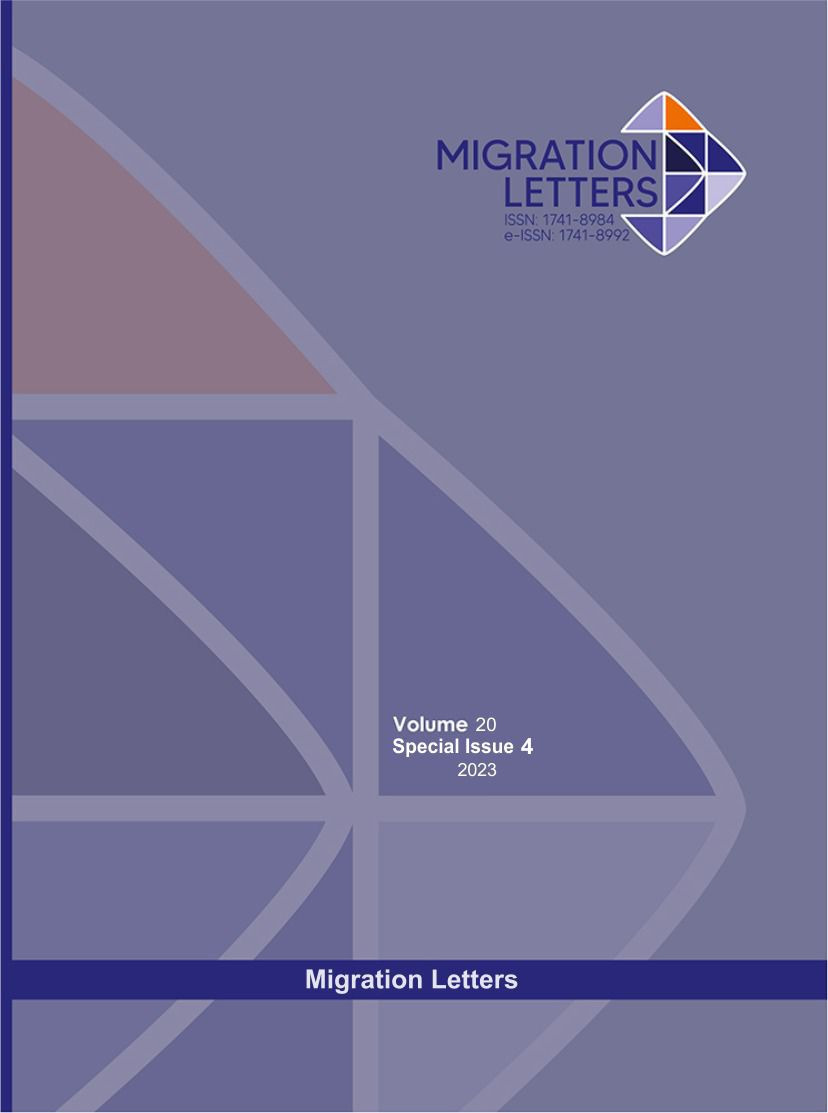The Role of the Strategic Flexibility in Achieving the Strategic Alignment
DOI:
https://doi.org/10.59670/ml.v20iS4.3897Abstract
This research aims at demonstrating how strategic flexibility in its many forms (information flexibility, human resource flexibility, reaction flexibility, proactive flexibility) can help achieve the strategy alignment with its dimensions (technology of information, organizational processes, employees, and customers). To achieve the current goal, this research was based on the descriptive analytical method, where the questionnaire was relied on in collecting the primary data. The SPSS statistical program was also used and the statistical methods (the mean – the s.d. – the relative importance). (130) questionnaires were distributed in the private universities in the city of Karbala (University of the Warith of the Prophets - Ahl Al-Bayt - Al-Tuff - Al-Safwa – Al- Ameed - Al-Hussein - Al-Zahra - Al-Zahrawi). (122) questionnaires are returned and the results of the research came to the conclusion that there is an important impact between the strategic flexibility and the strategic alignment in general and in detail, which indicates that the research sample universities seek to possess information and foundations of strategic flexibility, which directly affect their ability to strategically alignment for their educational services and are characterized by a high degree of efficacy.
Metrics
Downloads
Published
How to Cite
Issue
Section
License

This work is licensed under a Creative Commons Attribution-NonCommercial-NoDerivatives 4.0 International License.
CC Attribution-NonCommercial-NoDerivatives 4.0






